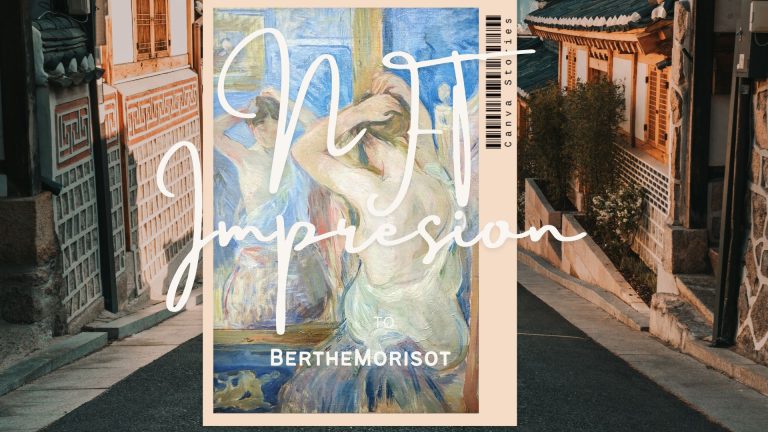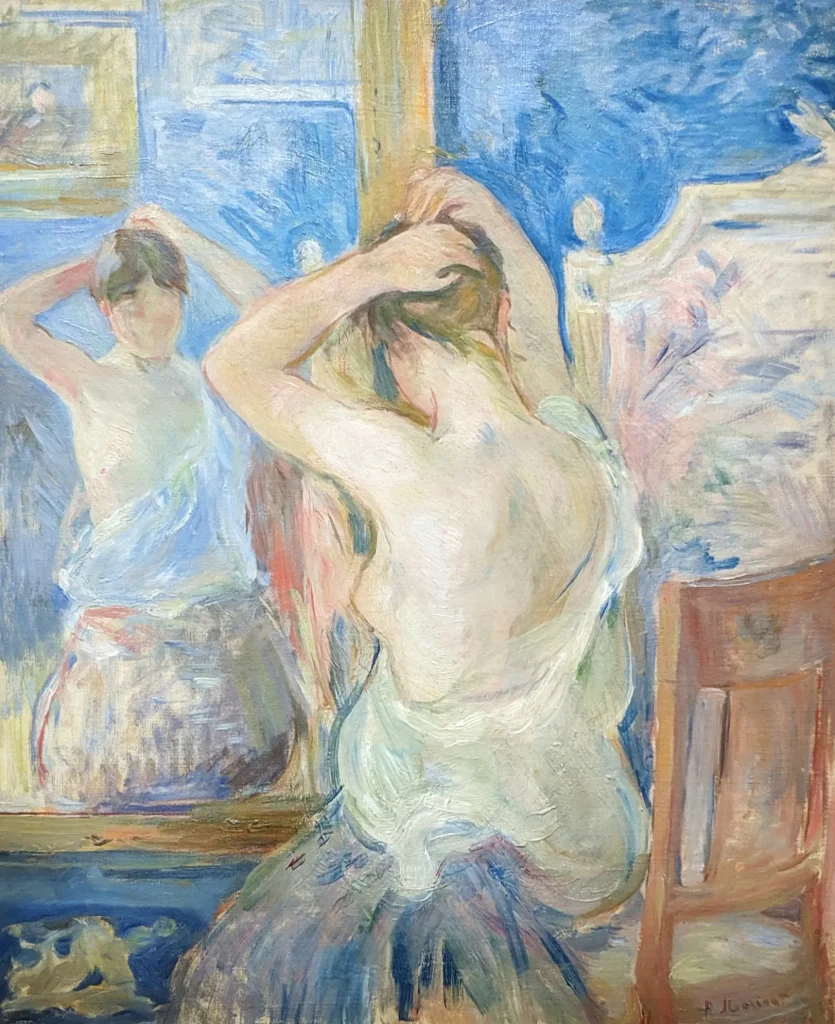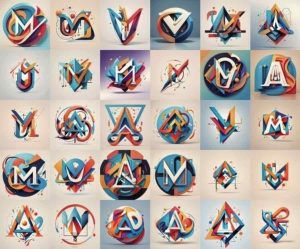Impressionists in Rome’s Private Collections

Discover Hidden Art Treasures
The Mystery Behind Closed Doors: An Exhibition of Unknown Works
In the heart of Rome, the magnificent Palazzo D’Aste Bonaparte hosts a unique exhibition “Impressionisti Segreti,” revealing over 50 works of Impressionists, previously hidden in private collections. It highlights the revolutionary techniques in light, color, and composition introduced by artists like Monet and Renoir.


Women in Impressionism: Inspiration and Strength
The exhibition emphasizes the significant roles of women in Impressionism, both as muses and creators, showcasing the nuanced representation of women’s lives, dreams, and daily experiences in these artworks.
From Impressionism to Post-Impressionism: Art Evolution
Exploring the transition from Impressionism to Post-Impressionism, the exhibition presents works by Pissarro, Caillebotte, and others, illustrating the evolving styles and techniques in this artistic movement.
Masterpieces: Renoir, Monet, and More
Key pieces by Renoir, Monet, and Sisley are examined, focusing on their painting techniques and the emotional depth they convey in their artworks.
Private Collection as a Window to the World of Art
The article delves into the impact of private art collections on the perception of art history, highlighting the unique value of these previously inaccessible works to the public.
Conclusion: A Unique Exhibition, A Unique Experience
The exhibition offers a unique experience, acting as a testament to the times in which these artworks were created, providing a rare opportunity to appreciate the depth of Impressionism through the lens of private collections.

Renoir and the Digital Era: Speculations About Modern Art Platforms
Considering the historical and artistic significance of Renoir’s works, it’s intriguing to speculate how he might view modern digital art platforms like the one mentioned. Renoir, known for his commitment to capturing the beauty and complexity of life in his paintings, might find the idea of fragmenting art into digital pieces quite avant-garde. However, whether he would embrace such a contemporary approach to art, drastically different from the traditional canvas and brush, remains a matter of intriguing speculation. His focus on human experience and natural beauty in Impressionism might contrast sharply with the digital fragmentation of artwork in today’s context


